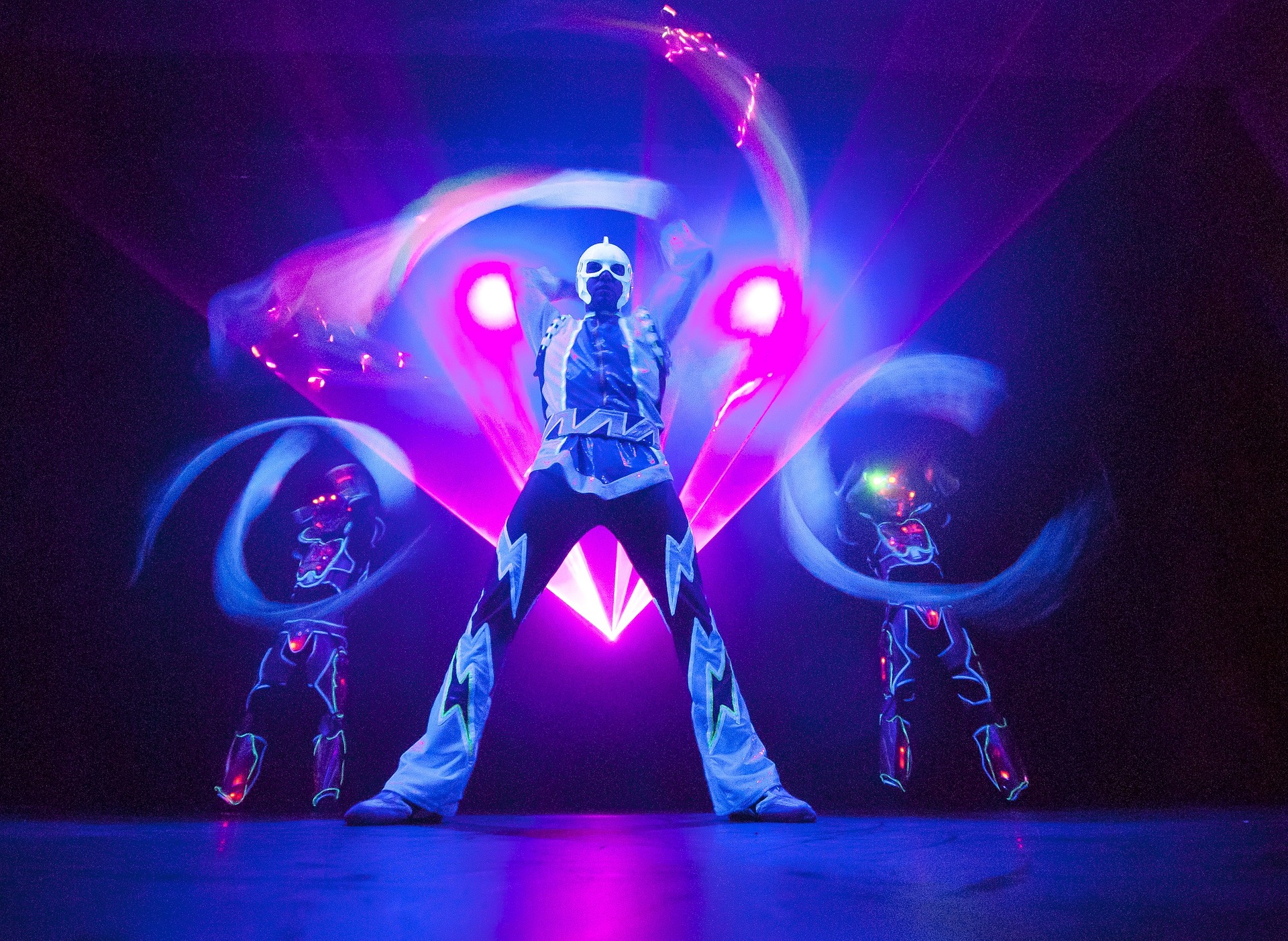Revealing the Layers: Immersive Art and the Transformation of Spectatorship
Immersive art installations are revolutionizing how audiences participate in the world of art, shifting from passive onlookers to active participants. This article delves into the seductive world of immersive art, charting its growth, relevance, and future prospects.

A Brief Tour through Time: Birth of Immersive Art
Immersive art installations can trace their roots back to the late 1960s when artists began breaking traditional confines of uniform gallery spaces. A fundamental desire to engage spectators beyond visual appreciation led to an experimental art form where audience participation evolved into an integral part of the artistic process. By subverting traditional conceptions of art-viewing, immersive art presented a unique, sensory experience, bringing audiences closer to art than ever before.
What’s New in the World of Immersive Art?
Today, immersive art is evolving even further, aided by advancements in technology. Augmented reality (AR) and virtual reality (VR) integrations are facilitating multi-sensory, digital art experiences that captivate audiences, shifting the limitations of space, and creating infinite possibilities. Artists are now leveraging these tools to create astonishing and sophisticated immersive installations that require active spectator participation, ensuring a rich and unforgettable sensory experience.
Immersive Art’s Influence on Cultural Landscape
The rise of immersive art has indisputably reshaped the cultural landscape, setting new parameters for what is defined as an art experience. Contemporary installations like “Sleep No More,” a room-to-room roving adaptation of Macbeth, and the legendary Infinity Mirror Rooms by Yayoi Kusama have provided innovative, immersive experiences that transform audiences from passive art observers to active art participants. This seismic shift in spectatorship establishes immersive art as a significant game-changer in the domain of art and culture.
Resounding Reception and Significance
The public reception to immersive art has largely been exhilarating. The extraordinary level of audience engagement signifies a public desire for personal, interactive art experiences. Moreover, the success of this genre has profoundly impacted traditional museum settings, encouraging them to rethink their strategies and investment in interactive, immersive exhibits that draw larger crowds by providing unique, personalized experiences.
Peering into the Future: What Lies Ahead?
Art, a dynamic reflection of society, continually evolves with cultural and technological shifts. As VR and AR technologies continue to evolve, the possibility for intensified immersive experiences becomes all the more exciting. The growing trend of incorporating these tools not only broadens the scope of artistic expression but also transforms the future of spectatorship in drastic and unpredictable ways.
In conclusion, the evolution of immersive art is much more than an innovative artistic fad. It marks a riveting turn in the realm of artistry and spectatorship, opening myriad novel paths in the cultural and entertainment industry. Immersive art installations are here to stay, continually pushing the boundaries of art and participation, all while redefining the modern perception of art. They are an emblematic token of the ongoing conversation between audiences and artists, a symbol of art’s metamorphosis overtimes.




